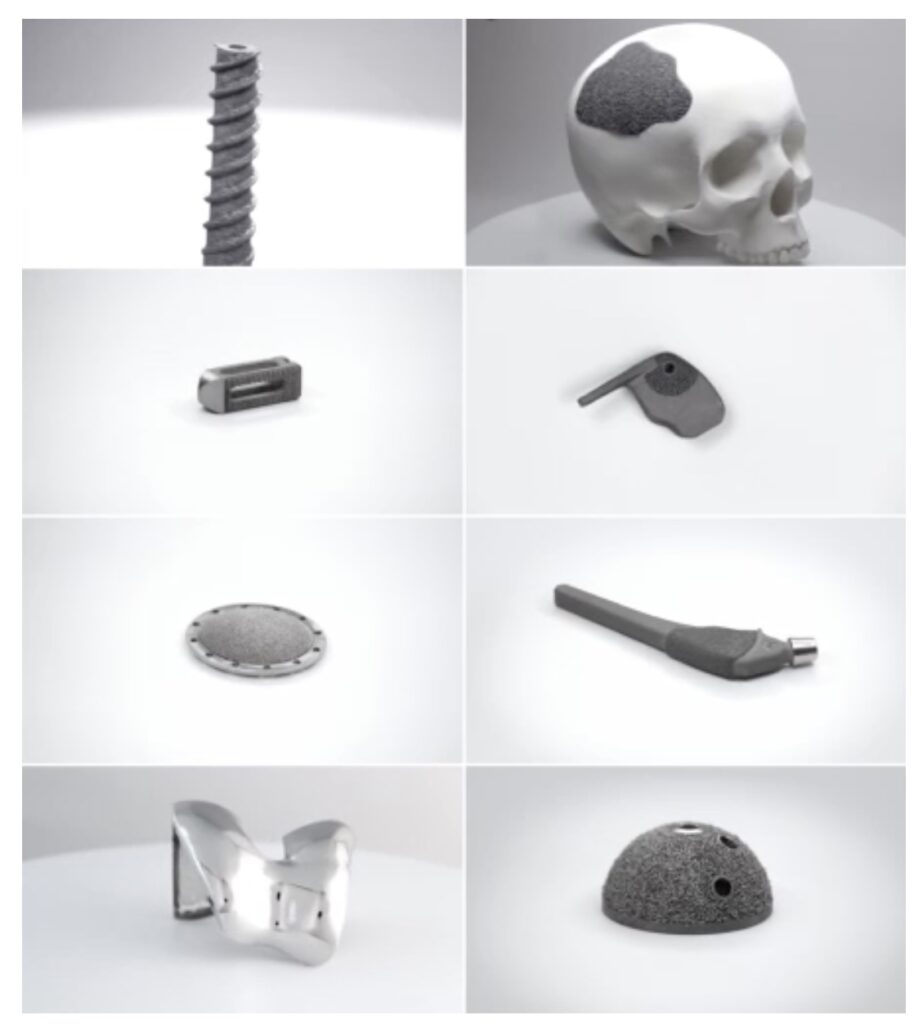3D printer manufacturer EOS leads in many of the areas in which it is active, but not in medical implants per se. To ameliorate that, EOS has partnered with Tecomet, Inc., Precision ADM, and Orthopaedic Innovation Centre (OIC) to offer a medical device-enabling solution. While Precision ADM is a well-known Canadian engineering and 3D printing firm with deep experience in making titanium medical devices, OIC is a testing company for medical devices. Then there is Tecomet, a huge medical device manufacturer, billing over $600 million a year.
“The partnership with EOS, Precision ADM, and Orthopaedic Innovation Centre aligns with our steadfast approach to provide full spectrum, scalable manufacturing solutions to the medical device market. Combining the latest additive manufacturing technologies with our precision manufacturing expertise is a further commitment to this growing technology. Our global customers are consistently looking for ways to get their products to market faster, this partnership paired with our exceptional quality systems will offer a unique and comprehensive solution to the industry,” said Andreas Weller, CEO of Tecomet.
This is a fantastic collection of firms set to tackle the challenge of accelerating the creation and production of healthcare products. The companies hope to offer a complete solution for 3D printing medical devices, from front-end engineering and design services to 510k approval pathways, product validation, pre-clinical testing, and commercialization. Gregory Hayes, EOS senior vice president of Applied Engineering, said of the collaboration:
“Scaling AM medical device production requires a complete understanding of the process chain which goes beyond just printing and includes design, post-processing, testing, sterilization, and packaging among other steps. Our partnership with Tecomet, OIC and Precision ADM will yield unparalleled additive manufacturing expertise to help medical device manufacturers navigate the complexities of the regulatory environment while delivering high-quality, reliable products.”
Martin Petrak, CEO of Precision ADM, added:
“From materials options to lattice structures, our engineering, testing, and manufacturing services, combined with the expertise of EOS and Tecomet, will ensure that our customers have access to the best possible solution for their needs.”
The Market for 3D Printing Medical Devices
After over 30 years in development, the surgical guide and orthopedic market is exploding with many firms interested in making spinal fusion parts, acetabular cups, and much more. A lot of these firms are turning to additive because it is cheaper, faster, and can make textures and properties that improve implants overall. Not only can 3D printing make devices that improve osseointegration, but the technology can change the modulus of an implant to more closely match that of bone via proprietary geometries, thus reducing stress shearing. As a result, investments, FDA activity, and product launches are at an all time high in the space.
Tangible and Amnovis are among the very few firms that can take your medical invention and help turn it into a manufactured and certified device. Then, once you get your device approved, it would be too expensive and problematic to change the print technology or material. Good news for 3D Systems, then, that Amnovis uses 3D Systems machines and for GE that Tangible uses its systems. Meanwhile, Zeda has just announced a large order for AddUp 3D printers. Meanwhile, the rest of the market is a heavy user of electron beam melting and Arcam.
Now, the aforementioned firms are joined by a team of competitors that hope to offer a similar service. I’ve repeatedly said that the key to unlocking growth in additive is end-to-end services. It’s much easier to sell someone on a service that is quick to deploy than to get them to buy a machine and implement it themselves. If you then become masterful in deploying that service, then you will have a high-margin service that is difficult for others to copy but that you can deploy again and again. And, given the growth opportunities in medical devices generally and 3D printed medical devices specifically, this will be a defensible and considerable opportunity. Fantastic move by EOS and friends that will accelerate the adoption of 3D printing in medical device manufacturing.
All images courtesy of PrecisionADM.
